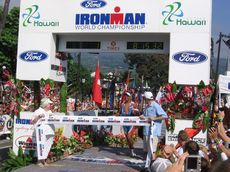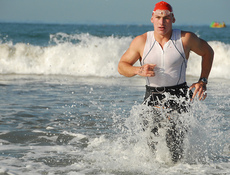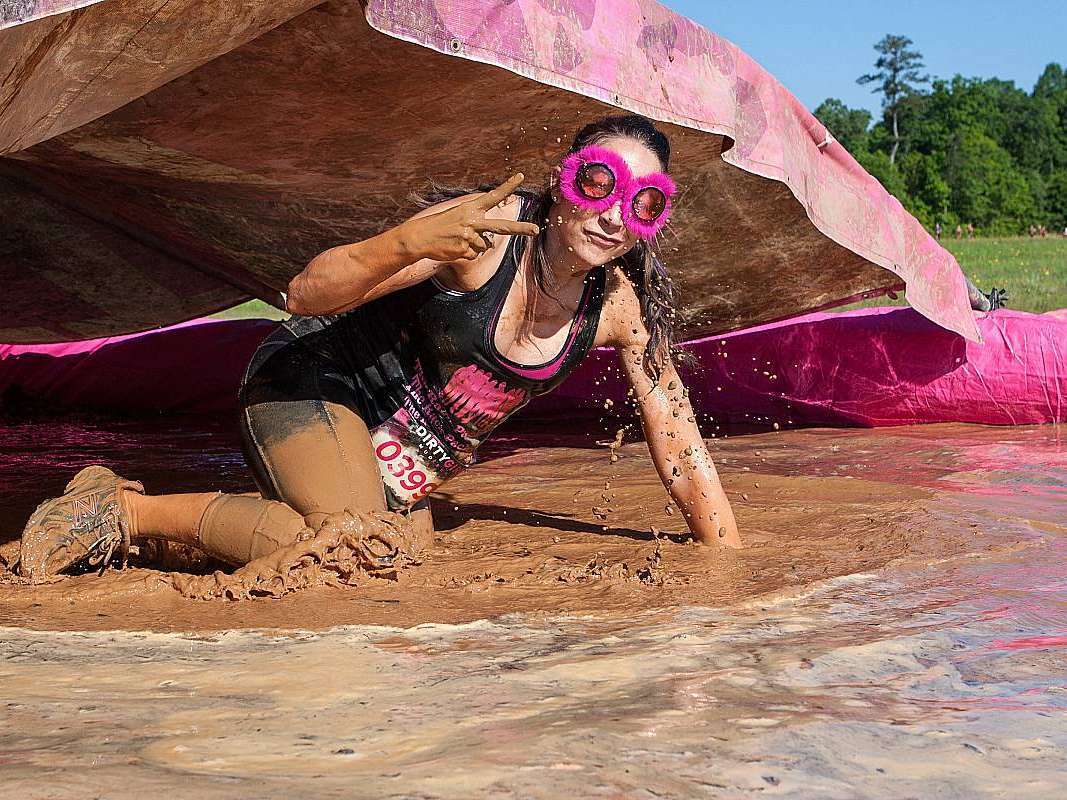 On October 11th, the most prominent triathlon race in the world, the Hawaii Ironman (also known as the Ford Ironman World Championship) will take place.
On October 11th, the most prominent triathlon race in the world, the Hawaii Ironman (also known as the Ford Ironman World Championship) will take place.
What follows is a triathlete’s guide, including the most important details about the Hawaii Ironman event.
Triathlon Basics
Triathlon races are of various distances, most notably including:
- Sprint Triathlon
- Olympic Distance Triathlon
- Half Ironman
The full Ironman in Hawaii is a 2.4 mile ocean swim in Kailua-Kona Bay, 112 mile bike ride across the Hawaiian lava desert, and a 26.2 mile run along the coast of the Big Island.
If you are a triathlete, there is no bigger day in the sport than Hawaii Ironman event. It is the race most associated with the sport of triathlon, and is considered the Holy Grail for any avid triathlete.
Qualifying events for the Hawaii Ironman take place annually around the world, in places such:
- Australia
- Canada
- United States
- United Kingdom
- Japan
- Canary Islands
- South Africa
- Europe
To get to the starting line in Kona, you must either be very lucky and get yourself a spot through the lottery, or be very talented, and win yourself a qualifying spot at one of those qualifying events.
Tens-of-thousands of triathletes try to get one of those coveted Ironman spots every year. For the 2008 Hawaii Ironman, only 1,700 succeeded. In just a couple weeks these athletes will endure one of the sport’s most grueling challenges.
Training For A Full Ironman
 It’s possible that some well-conditioned athletes could do a shorter-distance triathlon with a minimum amount of specific triathlon training. But preparation for a full Ironman is often a multi-year commitment, involving a year-round systematic triathlon training plan.
It’s possible that some well-conditioned athletes could do a shorter-distance triathlon with a minimum amount of specific triathlon training. But preparation for a full Ironman is often a multi-year commitment, involving a year-round systematic triathlon training plan.
The average Ironman triathlete spends 18 to 24 hours each week training. A typical week includes 7 miles of swimming, 225 miles of biking and 48 miles of running. Many triathletes also include weight training, stretching, and yoga as part of their training.
Joe Friel, author of the popular triathlon training book The Triathlete’s Training Bible, wrote a book detailing a training plan to prepare specifically for the Ironman entitled Going Long.
Hawaii Ironman: What It’s Like
Over 4,000 visitors will descend upon Kona to watch the Hawaii Ironman. Combined with locals, 25,000 people will be cheering for competitors on the famous stretch of Alii Drive to the finish line. More than 50 million people worldwide watch the event on television.
A total purse of $580,000 is awarded. In 1986, a purse of $100,000 was established, a then-unheard of prize for a triathlon; the annual first prize now for both the male and the female champion now exceeds that amount.
In case you’re wondering, here’s who qualified for this year’s Hawaii Ironman.
The current course record was set in 1996 by Luc Van Lierde of Belgium whose winning time was 8 hours, 4 minutes, 8 seconds. The women’s course record was set by Paula Newby-Fraser in 1992: 8 hours, 55 minutes, 28 seconds. For an amateur, it can take over 13 hours to complete an Ironman-distance triathlon.
There is no shortage of inspirational stories associated with the Hawaii Ironman. Team Hoyt and super mom Jessica Jacobs are a couple of examples, not to be outdone by the Iron Nun.
For the visitor, a location like Kona, Hawaii seems like the perfect place to catch an exciting sporting event like the World Championship Ironman. For the triathletes, however, the Hawaiian conditions pose punishing challenges.
Each leg of the Hawaii Ironman course has significant variables that are influenced by environmental conditions:
- The swim, raced in open ocean waters, can be subject to intense wave action and current.
- The cycling course on the roads through the ancient lava fields, often subjects the cyclists to swirling winds and significant heat over the longest of the race segments — typically 5 hours for the elite Ironman racers.
- The run portion is similarly affected by heat and wind; the athletes are particularly vulnerable to these effects having already been in the warm, often dehydrating environment for many hours.
- Virtually all of the sanctioned qualifying races for the Hawaii Ironman have their own unique course topography and environmental conditions to overcome.
Hawaii Ironman History & Facts
Here are some other notable facts about the Hawaii Ironman:
1978: The first Hawaii Ironman; 15 males participate
1979: The first and only female competitor, Lyn Lemaire of Boston, places 5th overall by finishing in 12:55:38. Sports Illustrated covers the Ironman and calls the participants “lunatic”
1980: For the first time, ABC’s Wide World of Sports covers the Ironman, bringing it worldwide recognition
1985: Prize money is offered for the first time
1988: Team Hoyt cross the finish line in their first Ironman
1989: Triathlon giants Dave Scott and Mark Allen race neck-and-neck for 8 hours. This race forever to be referred to as “The war”
1991: NBC Sports televises the Ironman for the first time. The 90-minute telecast attracts 7 million viewers
1994: Paula Newby-Fraser becomes the only athlete, male or female, to record 7 Ironman victories as she wins her 4th consecutive title
1995: First competitor in wheelchair to complete an Ironman: John Maclean
2005: Sarah Reinertsen, triathlete with an amputated left leg completes her quest in becoming the first female amputee athlete to finish the Hawaii Ironman
So, you read this and now you’ve decided your new goal is to do an Ironman. Great! Let me be the first to say, you can do it!
This is a great time to start training. Every Ironman has to start somewhere. So, start today. After you do your triathlon, come back and we can begin talking about Ultraman!






